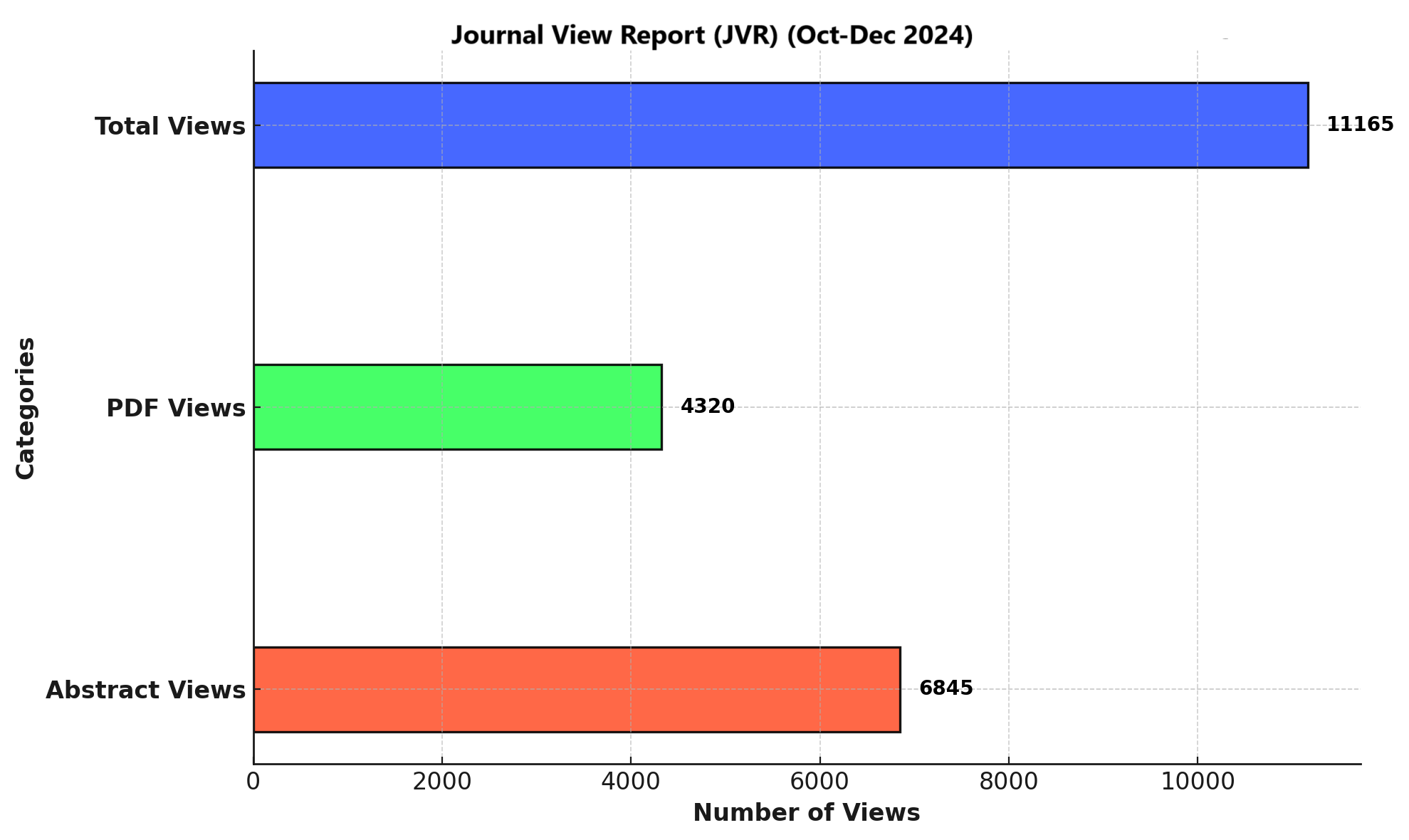ROLE OF VAGINAL MISOPROSTOL IN FAVOURABLE AND UNFAVOURABLE CERVIX IN PREGNANCY INDUCED HYPERTENSION
DOI:
https://doi.org/10.71000/ys76tr61Keywords:
Cervical Ripening, Pregnancy Induced Hypertension, Efficacy, Induced Labor, Misoprostol, Preeclampsia, Vaginal DeliveryAbstract
Background: Pregnancy-induced hypertension (PIH), including preeclampsia and eclampsia, remains a significant contributor to maternal and neonatal morbidity. Timely induction of labor in these patients is crucial for improving outcomes. Misoprostol, a synthetic prostaglandin E1 analogue, is gaining recognition as a cost-effective alternative to prostaglandin E2 (Dinoprostone) for cervical ripening and labor induction. Its stability at room temperature and multiple routes of administration make it particularly suitable for low-resource settings.
Objective: To determine the efficacy of vaginal misoprostol in achieving vaginal delivery among women with pregnancy-induced hypertension, comparing outcomes between those with favorable and unfavorable cervix.
Methods: This quasi-experimental study was conducted at the Department of Gynecology, Khyber Teaching Hospital, Peshawar, from July 1st to December 31st, 2024. A total of 113 women aged 20–40 years, with gestational age over 24 weeks and diagnosed with PIH, were enrolled using non-probability consecutive sampling. Vaginal misoprostol was administered every six hours in doses of 25 micrograms, up to four doses, for labor induction. Patients were continuously monitored, and successful vaginal delivery was documented as the primary outcome. Data were analyzed using SPSS version 26, with chi-square and Fisher’s exact test applied at a 5% significance level.
Results: The mean age of participants was 30.50 ± 5.38 years, and the mean BMI was 23.88 ± 2.51 kg/m². Most participants were over 30 years (53.1%) and had parity ≤3 (52.2%). Of 113 patients, 85 (75.2%) had a favorable cervix and 88 (77.9%) had preeclampsia. Successful vaginal delivery occurred in 68 patients (60.2%). A significant association was found between cervical favorability and successful delivery (p = 0.009), while the association between PIH type and delivery outcome was not significant (p = 0.365).
Conclusion: Vaginal misoprostol proved effective in inducing labor, particularly among women with favorable cervical status, supporting its broader use in managing hypertensive pregnancies.
Downloads
Published
Issue
Section
License
Copyright (c) 2025 Rabia Basri, Fauzia Afridi, Sundas Gul, Sadia Latif, Dure Nayab, Nur Taimur, Roshni Mumtaz (Author)

This work is licensed under a Creative Commons Attribution-NonCommercial-NoDerivatives 4.0 International License.







